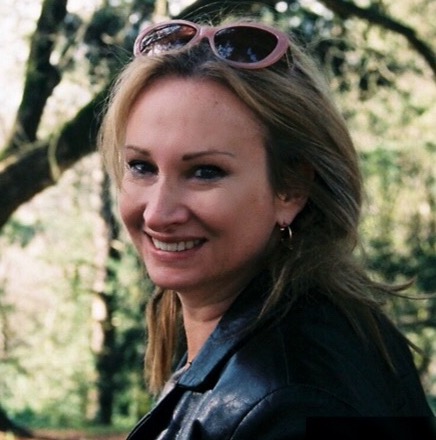Life on the outer: Why housing estates fail residents


House and land packages might be cheap upfront. But the ongoing costs can be painful. Photo: AAP
We bought our first house in Melbourne’s inner-western suburbs five minutes before an avalanche of gentrification. We didn’t encounter the famous Australian working-class camaraderie, in fact, the only thing the neighbours had in common was that they hated each other.
War raged in our tiny one-way thoroughfare. When our previously kindly 72 year-old neighbour jabbed a pool cue into the eye of a fellow drinker at the local (now gastro pub), we knew it was time to move.
But while life wasn’t dull in the inner-west, it certainly had its advantages: affordable housing, close to the city, with dwellings the size of matchboxes that could be heated simply by turning on the stove. That was the ’90s and the wild west has indeed been tamed since, with median house prices going through the roof.
Where to now for first-home buyers who are increasingly locked out of the market?

A shiny, brand-new house can be a very appealing prospect for buyers. Photo: AAP
According to the experts, it’s all too easy to be seduced by the apparently cheap house and land packages offered on the fringes of Australia’s major cities. But what is it really like to live there and what responsibility do the big developers have to create liveability?
“We do housing development in this country very badly,” says Professor Michael Buxton, Professor of Environment and Planning at Melbourne’s RMIT.
He says standard housing blocks have shrunk from about 800 square metres 15 years ago to about 400 square metres now. Development companies that focus on townhouses will sell blocks as small as 280-320 square metres.
“We now have 70-80 per cent site coverage in areas like Sutherland or Lucas Heights in Sydney’s west and south-west, and Cranbourne, Wyndham, Hume in Melbourne,” he says.
Buxton says residents of these new estates pay too much for entry-level house and land packages, given the quality of stock offered.
“[It] is billed as affordable, but the operating costs of these huge houses is enormous,” he says.
“This gives rise to high mortgage stress – particularly when the couple drop to one income when they have a child. This can cause very serious problems in these communities; we know that levels of family violence increase when financial stress becomes an issue.”
This view is backed up by Professor Billie Giles-Corti, director of RMIT’s Urban Futures Enabling Capability Platform. Her research found that only 30-35 per cent of residents of such outer-urban developments actually enjoy living there. The majority would rather live somewhere with better access to public transport, within walking distance of shops and recreation facilities and green open space.

Most people want to live near green open space, but many housing estates have none. Photo: Getty
“I put it down to laziness on behalf of the industry because they are risk-averse,” she says.
“The business-as-usual model is what they fall back on to make money, when, in fact, what we really need is an inquiry into urban development to involve everyone in the sector, including the financiers, because at the moment it is a major con for people who can least afford it.”
Giles-Corti says more needs to be done to foster integrated transport, land use and infrastructure planning, including accessible jobs and amenities. Measurable standards in state governments’ policies and regulations are also needed.
“There is no reason why we should have things like eaves touching each other and 80 per cent [building] coverage on smaller and smaller blocks. Industry needs to step up,” she says.
Other recommendations include updating liveability indicators for Australian cities every five years to coincide with the national census.








